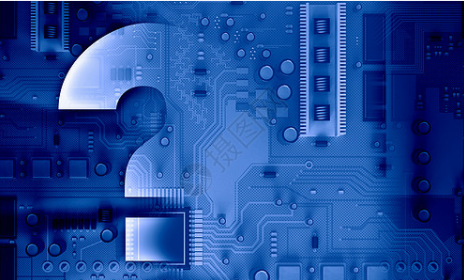High-speed signals have now become the mainstream of PCB design. As a PCB engineer, in addition to gradually accumulating high-speed signal engineering experience in actual project design, we also need to constantly refresh our knowledge structure.
Classification of high-speed signals
Common high-speed signals are classified by physical interface, including: USB, RJ45, S-Video, VGA, DVI, HDMI, PCIe, PCI, SAS/SATA, etc.;
Classified according to logic level, including: LVDS, CML, PECL, etc.
High-speed signal PCB design process
1. Pre-simulation analysis of high-speed signals
According to the division of hardware circuit modules and the preliminary layout of the structure, the simulation evaluates whether the key high-speed signal quality passes the test. If it does not pass, the hardware module architecture or even the system architecture needs to be modified; if the simulation signal quality passes, the general module layout plan and high-speed circuit board are given. Signal topology and design rules.

2. PCB layout design
3. PCB wiring design
According to the actual layout of the circuit board, if there is a discrepancy with the design rules formulated by the previous simulation, it is necessary to re-simulate and analyze whether the high-speed signal quality meets the requirements. The rule should be small, which may cause excessive loss of high-speed signal lines, and the signal amplitude at the receiving end does not meet the chip input requirements, resulting in the failure of the circuit board function.
High-speed signal PCB design and processing principles
The general high-speed signal PCB design and processing principles are as follows:
(1) Layer selection: processing high-speed signals preferentially select the layer processing with GND on both sides;
(2) Priority should be given to the total length of the high-speed signal when processing;
(3) Restriction on the number of Vias of high-speed signals: High-speed signals are allowed to change the layer once, and GND VIA is added when changing the layer.
(4) If the high-speed signal at one end of the connector does not have a PIN adjacent to GND, GND VIA should be added in the design.
(5) The wiring requirements for high-speed signals in the connector: the wiring in the connector should be centered out;
(6) For high-speed signals, set the uncoupled length and the length error of the original pair of signals. When making the length error, consider whether to add PIN DELAY;
(7) When processing high-speed signals, try to send and receive signals on different layers. If space is limited and the same layer needs to be sent and received, the distance between receiving and sending signals should be increased;
(8) The high-speed signal must have a distance of 180 mil from 12V and a distance of 65 mil from the clock signal.
High-speed signal knowledge that PCB design engineers need to master
(1) Basic knowledge of signal integrity
Mainly include: basic theory of transmission line, impedance control principle, reflection/crosstalk control design method
(2) Basic knowledge of power integrity
Mainly include: basic theory of power supply noise, circuit board filtering principle and design method
(3) Basic knowledge of PCB raw materials
Mainly include: the electrical characteristics of the copper foil of the circuit board and the plate
(4) Knowledge of signal topology
Mainly include: common bus types and PCB design topology